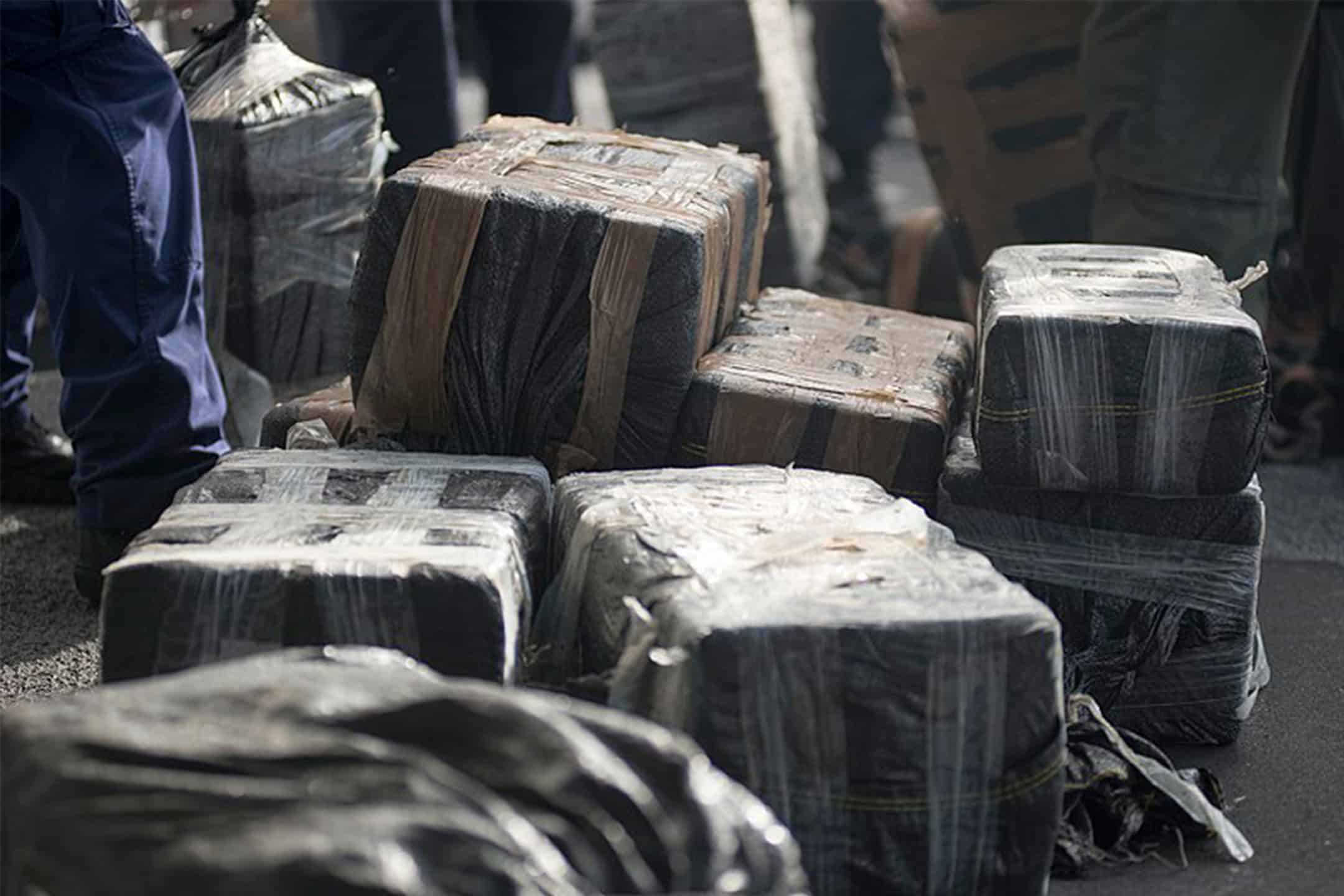In 2022, 292 million people around the world took drugs ranging from cannabis to cocaine.
While the world focuses on the human toll of the war on drugs, an equally devastating battle rages beneath the surface that deserves more attention — one where entire ecosystems are collateral damage: deforestation, toxic waste, and carbon emissions from illicit drug production.
As such, I think we must question if the short-lived escape that drugs offer make up for the irrevocable damage they cause to our biodiversity, water quality, and air quality. If the price of these momentary highs is the permanent destruction of resources necessary for all life, we need to rethink the true cost of our pleasure.
The cultivation conundrum
I believe that the legalization of cannabis has had its positive consequences. Its regulation and commercialization have allowed for safer consumption and cultivation, as reliable sources provide information on how to grow it. Additionally, marginalized communities in the US, for example, have experienced a reduction in over-policing cannabis related crimes.
However, legalization has led to increased cannabis consumption, which amplifies its environmental impact.
According to a 2015 research paper from the Oxford University Press, California cannabis grows in remote watersheds where each plant needs around 22 litres of water per day. This increases to up to three billion litres per square kilometre of greenhouse grown plants between the June and October growing season. In some cases, the required water volume can exceed the flow of a river, draining streams and disproportionately impacting aquatic ecosystems.
Now, about cocaine. 43 to 58 per cent of deforestation in two regions of Colombia is linked exclusively to the coca plant — the main ingredient in cocaine. Coca harvesters, in the process, destroy animal habitats and increase the amount of carbon dioxide in the atmosphere. Moreover, the carbon emissions per kilogram are 30 times greater than those for cocoa beans and 2,600 times greater than for sugar cane, making cocaine an extremely environmentally destructive product.
Methamphetamines have begun to affect fish as well. A study published in the Journal of Experimental Biology found that brown trout exposed to disposed drugs in water now have a preference for methamphetamine-drugged water. Aquatic habitats are disrupted, as fish frequently gather where drugs are discharged. The fish have even begun to ignore their natural instincts, including aversions to reproduction, eating, and avoiding predators. Their offspring may be affected as well, as another study from scientific journal Aquatic Toxicology suggests addiction is genetic among fish too.
MDMA — also known as molly and ecstasy — and opium cause unique environmental destruction too. One kilogram of pure MDMA results in 10 kilograms of toxic waste, and opium harvesters in Afghanistan continue to divert water toward drug production during an existing water crisis in the region.
Overall, the misuse of water only underscores the urgent need for sustainable practices and international collaboration to mitigate the long-term damage caused by the drug trade.
The far-reaching consequences
The processes of drug trafficking have their own environmental effects. As US counter-narcotic operations gained traction, traffickers decimated land to facilitate transportation through Central America. This involved encroaching on Indigenous land, protected areas, and deforesting local agriculture.
When Hurricane Mitch hit Central America in 1998, deforested areas intensified floods and caused the deaths of more than 11,000 people. While this may seem like a tenuous connection to drug production, we should note that illicit crop cultivation often drives deforestation and weakens natural defenses against extreme weather events.
Ultimately, I believe we need international cooperation to reduce the long-lasting environmental impacts of the drug trade. However, this collaboration must move beyond the punitive and reactive tactics that have characterized the war on drugs to date, such as the US-backed Plan Colombia which used herbicides to destroy coca crops. While this plan intended to reduce drug production, it resulted in widespread environmental damage — contaminating water sources, degrading soil, and harming both legal agriculture and biodiversity in the region.
Genuine improvement requires exchanging data on deforestation, monitoring carbon emissions from illicit crops, and providing funds for the restoration of harmed ecosystems.
International trade agreements should also penalize environmental infractions connected to drug production, and promote sustainable land usage. Economically vulnerable countries which rely heavily on drug production should receive financial and technical aid to transition towards sustainable economies. The environmental harm associated with drug production does not respect borders, meaning remedies must transcend national interests and address the situation at a global scale. A worldwide framework must strike a balance between environmental restoration and enforcement to safeguard both human life and the ecosystems that support it.
Avin De is a third-year student at Rotman Commerce studying finance and economics. He is an associate editor for the Opinion section.


